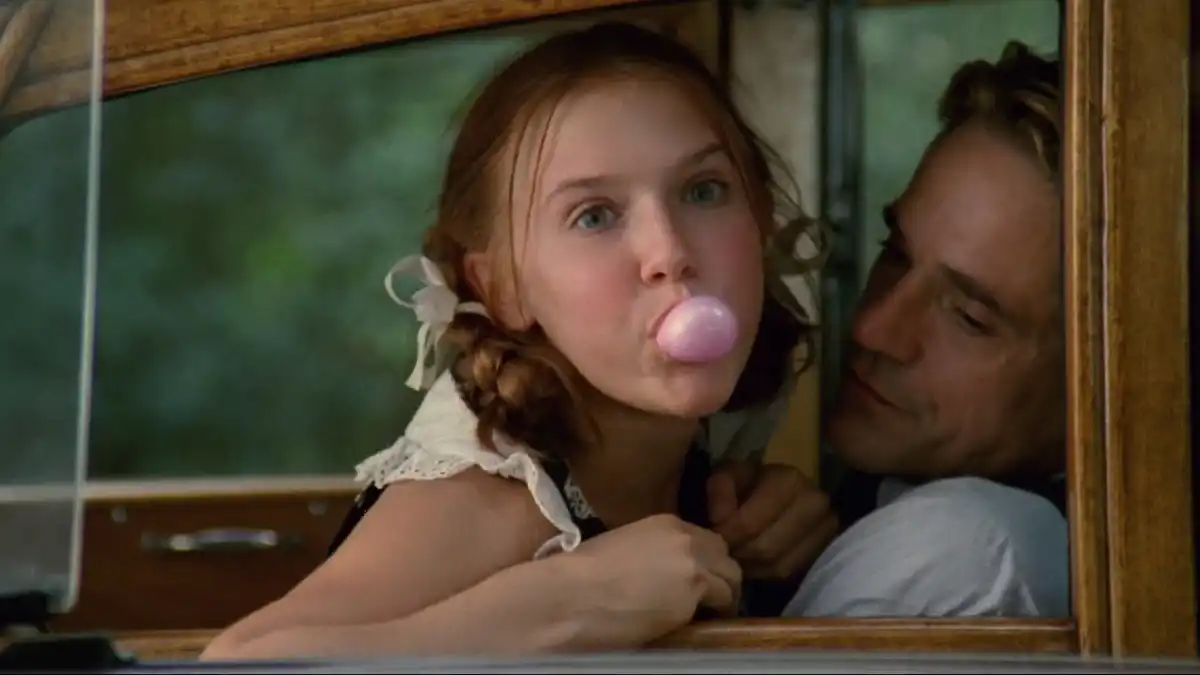“Lolita,” Vladimir Nabokov’s controversial and thought-provoking novel, has captivated readers with its intricate exploration of obsession, manipulation, and morality. However, the 1997 film adaptation, directed by Adrian Lyne, falls short of capturing the essence of the source material and is marred by a misguided attempt to romanticize the deeply troubling relationship at its core.
The film’s most glaring shortcoming lies in its handling of the central relationship between Humbert Humbert and Dolores “Lolita” Haze. While Nabokov’s novel unflinchingly delves into the complexities of the morally reprehensible dynamic, the adaptation shies away from the darkness, opting instead for a more sanitized and sensationalized portrayal. This approach not only undermines the original intent of the story but also risks trivializing the profound psychological implications of the characters’ actions.
One of the most significant failings of the film is its pacing. The narrative rushes through critical plot points, reducing the characters’ development and emotional arcs to mere sketches. As a result, the audience is denied the opportunity to truly understand the motivations and psychological turmoil of the characters, which significantly weakens the impact of the story’s themes.

The casting choices, while featuring talented actors, contribute to the film’s overall lack of authenticity. Jeremy Irons, an accomplished actor, struggles to capture Humbert Humbert’s internal conflict and complexity, rendering his portrayal more flat than the layered character of the novel. Dominique Swain’s performance as Lolita similarly falls short, with the character often coming across as one-dimensional and lacking the depth required to navigate her tragic circumstances.
Where the film truly falters is in its attempts to romanticize the relationship between Humbert and Lolita. Nabokov’s novel presents this relationship as an exploration of manipulation, power dynamics, and the dark underbelly of desire. The film, however, blurs the lines between affection and exploitation, opting for a more palatable interpretation that risks overshadowing the novel’s intended critique of societal norms and the consequences of unchecked obsession.
However, visually the film’s cinematography shines as it successfully embraces the Americana aesthetic of the 1950s. The picturesque landscapes, the quaint suburban settings, and the vintage cars all contribute to creating a nostalgic atmosphere that immerses viewers in the era. The color palette, reminiscent of pastel shades and warm tones, evokes a sense of innocence and nostalgia. The attention to detail in recreating the time period is commendable, with the costumes and set design effectively transporting audiences back to the 1950s.

The film’s score further enhances the aesthetic experience, employing a mix of nostalgic melodies and catchy tunes that underscore the time period’s cultural milieu. The score’s integration of classic tunes helps to set the tone and mood, enhancing the emotional impact of certain scenes. The juxtaposition of upbeat melodies with the darker aspects of the story creates an unsettling contrast that adds complexity to the viewing experience.
Fashion plays a pivotal role in establishing the film’s setting and atmosphere. The costumes, hairstyles, and overall styling effectively capture the Americana aesthetic of the 1950s. The attention to detail in the characters’ wardrobes reflects the fashion trends of the era, highlighting the meticulous research that went into crafting an authentic visual representation.
But despite these aesthetic successes, the film falters in its portrayal of the central relationship between Humbert Humbert and the titular character, Lolita. Rather than addressing the deeply disturbing and morally reprehensible nature of their interactions, the film veers towards a misguided attempt at romanticizing their bond. This deviation from the source material’s intended critique undermines the story’s thematic depth and complexity.
The film’s shortcomings in character development and emotional depth hinder the audience’s ability to connect with the narrative. The performances, while competent, often feel hollow, failing to convey the psychological complexity of the characters. This lack of emotional resonance weakens the impact of the story’s tragic and controversial elements.
In conclusion, the 1997 adaptation of “Lolita” excels in creating an aesthetic and nostalgic portrayal of 1950s Americana through its impressive cinematography, evocative score, and meticulous fashion. However, its misguided attempt to romanticize the central relationship detracts from the source material’s critical examination of disturbing themes. Ultimately, while visually appealing, the film falls short in capturing the intellectual and emotional depth that makes Nabokov’s novel a thought-provoking and controversial masterpiece.

























